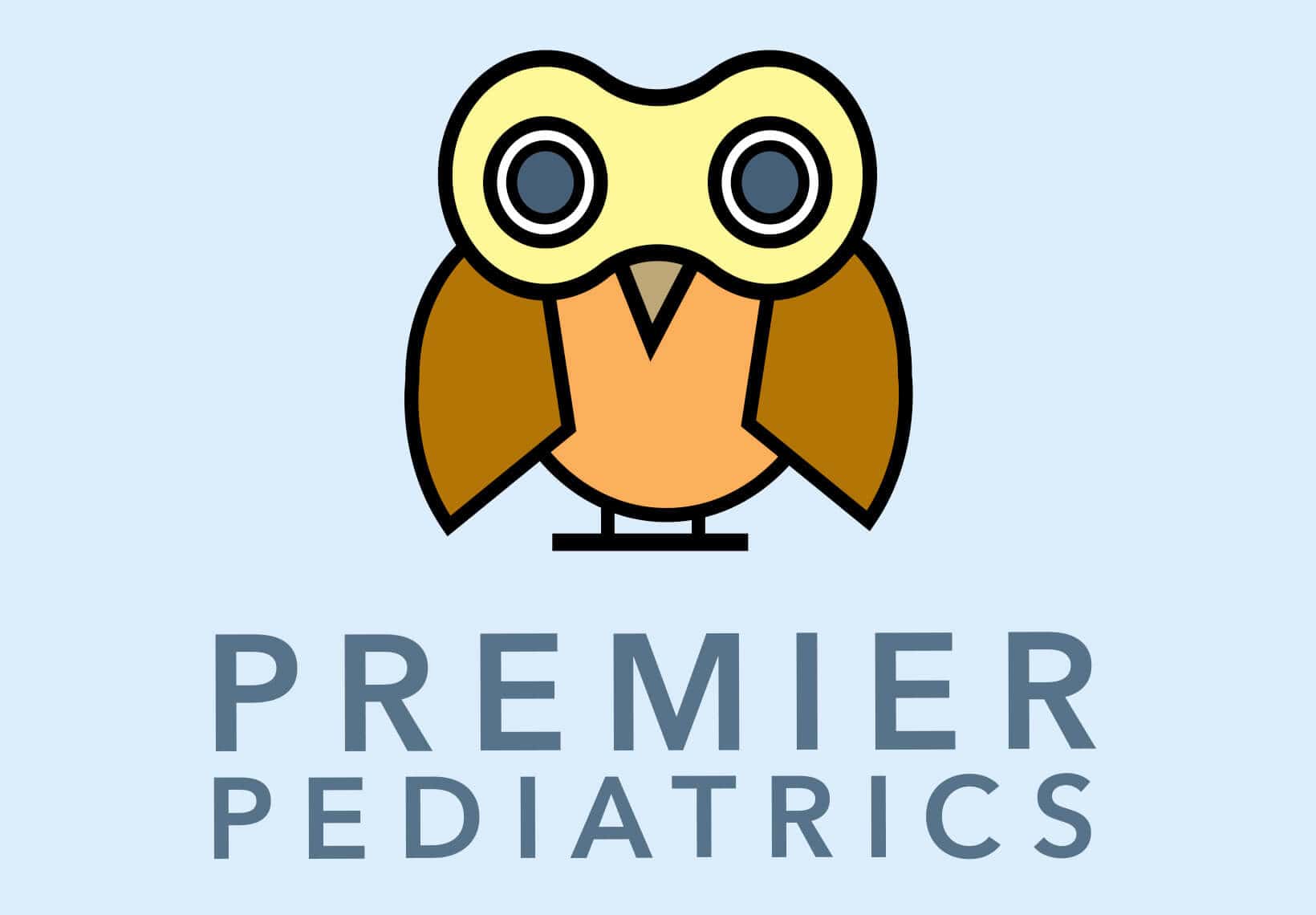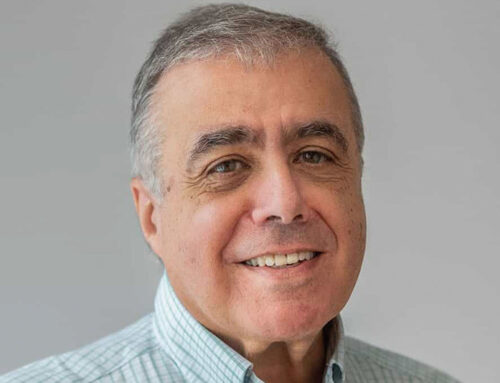This post was written by Dr. Mindy Homer of Happy KiDDS Pediatric Dentistry – www.happykiddsdental.com
Most new parents recognize that dentistry is an important element for the overall health of their child. However, they are often uncertain about the best approach in caring for their child’s teeth. Common questions are, “When should my child first see a dentist?”, “When should I start cleaning my baby’s teeth?”, and “Should I use fluoride toothpaste?”
The American Academy of Pediatrics and American Academy of Pediatric Dentistry recommend that children see a pediatric dentist when their first tooth erupts, or at 12 months of age, whichever comes first. This first trip to the dentist is important because baby teeth form in utero. This means that teeth can erupt with a preexisting condition that may put your child at a higher risk for developing tooth decay. In fact, the Centers for Disease Control and Prevention reports that dental caries (tooth decay) is the most prevalent chronic disease in our nation’s children. More than 28% of children have cavities before they reach kindergarten.
In most cases, tooth decay can be prevented with early education and establishing a dental home. This starts with infant oral care. Schedule an appointment with your pediatric dentist to learn about proper oral hygiene technique and the best diet for a lifelong healthy smile. Pediatric dentists have had an additional 2 years of specialty training and will review with you much more than just teeth brushing.
- Learn why training toothpaste and children’s toothpaste is not recommended.
- To floss or not to floss, that is the question.
- Learn how to care for your child’s teeth when nursing/bottle feeding.
- Understand why gummy vitamins, dried fruits and fruit snacks (even organic) are some of the worst things to give your child.
- Discuss the effects of non-nutritive sucking habits (pacifier, thumb or finger) and how to extinguish those habits.
- Discuss developmental issues that may be affecting your child’s speech and airway.




